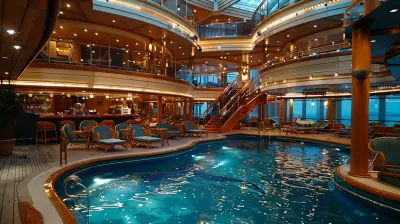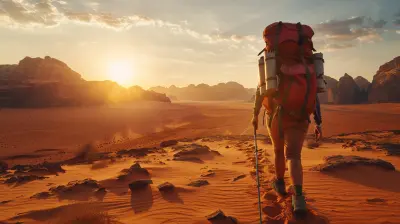Delving into the History of Legendary Trade Routes
23 July 2025
Ever wondered how ancient civilizations managed to stay connected long before planes, trains, or even decent roads? Well, the answer lies in the incredible tapestry of trade routes that once stretched across continents. These routes weren’t just dusty paths; they were the beating hearts of empires, humming with the sounds of traders, camels, sailors—and the exchange of not just goods, but ideas, cultures, even religions.
So, if you're into history, travel, and big adventures from the past, buckle up. We're about to take a journey back in time and delve into the rich, complex world of legendary trade routes.
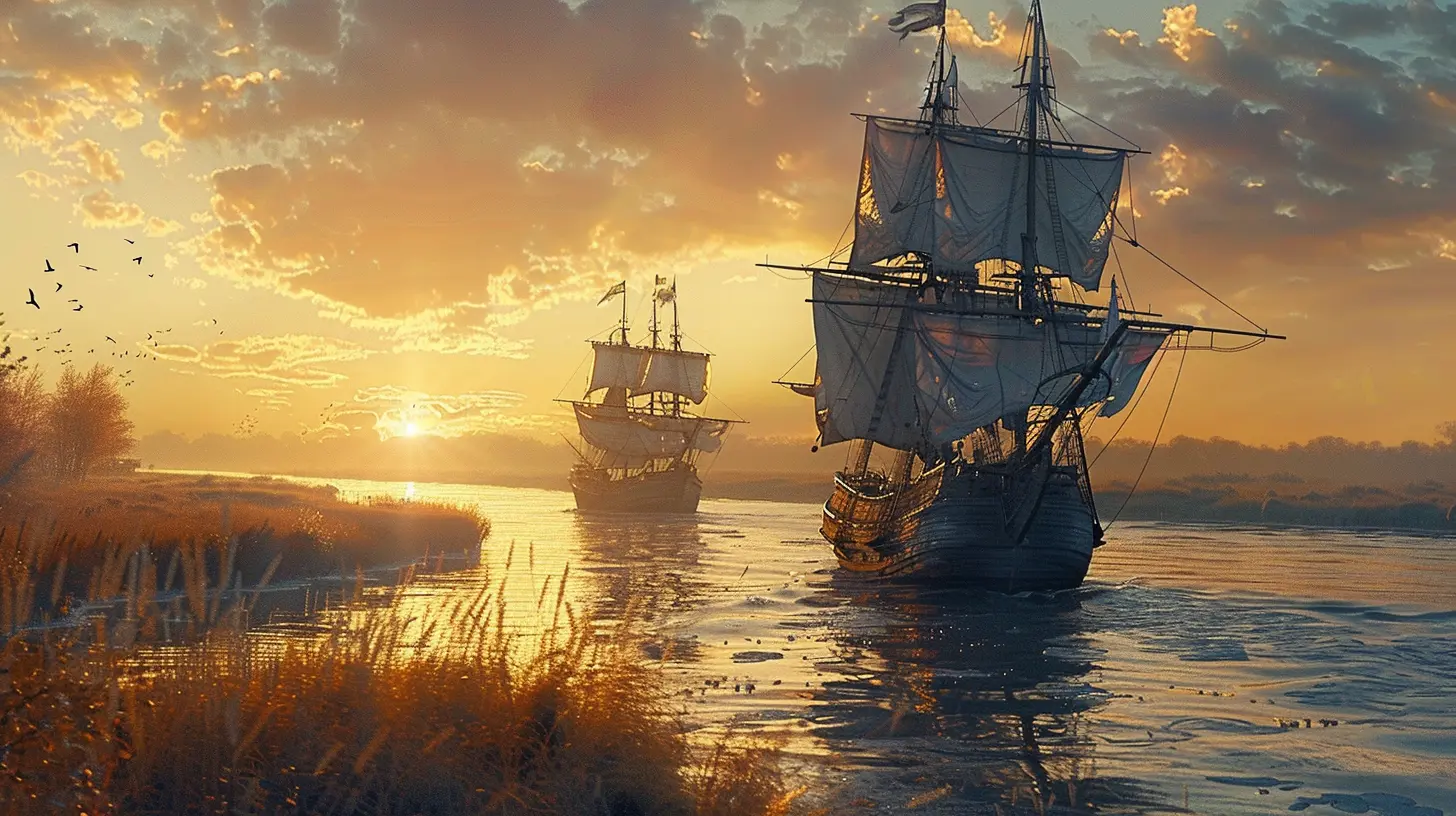
What Were Trade Routes and Why Did They Matter?
Let’s break it down. Trade routes were essentially the world’s first superhighways. They weren’t just lines on a map but massive networks of land and sea that connected cities, kingdoms, and entire continents.They mattered because they:
- Fueled economies
- Built connections between distant cultures
- Spread technologies and ideas
- Helped civilizations rise—and fall
And here’s the most fascinating part: these routes shaped the world we live in today. From silk in China to spices in India, gold in Africa to olive oil in Rome—these trade routes were the arteries of global civilization.
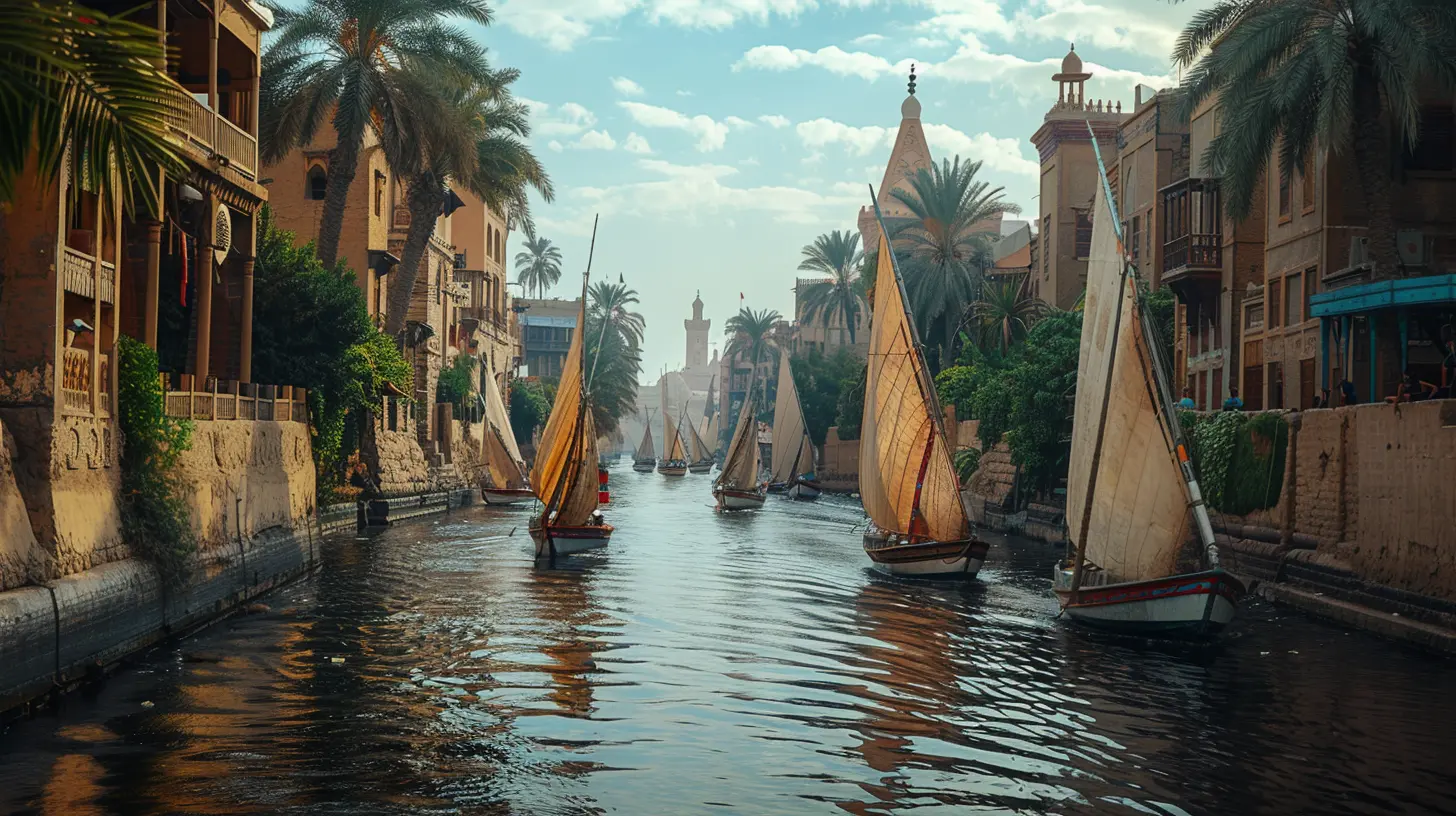
The Silk Road: The Crown Jewel of Trade Routes
A Name That Evokes Mystery and Adventure
The Silk Road is the most famous of all. But it wasn’t just one road—it was a network of routes that spanned from China all the way to Europe, passing through Central Asia, the Middle East, and even northern Africa.Got silk? You can thank this road. But the Silk Road wasn't just about silk. Traders carried spices, jewels, glassware, horses, tea—you name it. And it wasn't just goods moving along; ideas, religions, languages, even diseases hitched rides on those camel caravans.
Cultural Crossroads
What’s amazing is how these trade routes shaped culture. Buddhism made its way from India to China. Islamic architecture touched Central Asia. Even artistic styles traveled.Imagine artists in medieval France being influenced by Persian motifs—all because of textiles that traveled thousands of miles. Mind-blowing, right?
Danger and Reward
The journey wasn't easy. Traders faced deserts, mountains, bandits, and crazy weather. But the reward? Life-changing riches. Cities along the route, like Samarkand and Kashgar, became mega-wealthy cultural melting pots.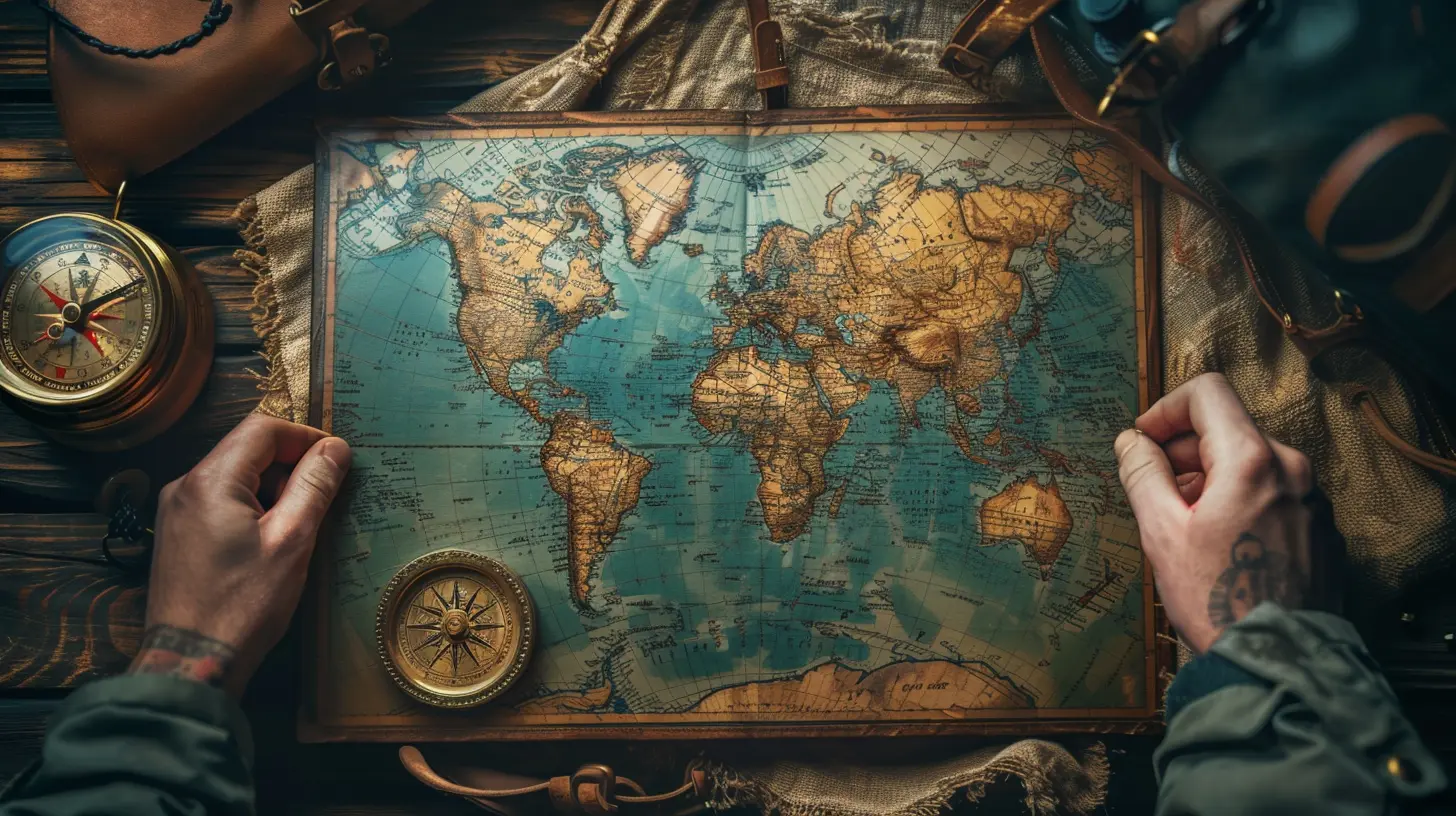
The Spice Route: A Journey for the Senses
Worth More Than Gold
Picture this: medieval Europeans craving cinnamon, nutmeg, and cloves like we crave lattes today. Back then, spices were worth more than their weight in gold. They preserved food, added flavor, and were even used as medicine.Where did they come from? Mostly from India, Sri Lanka, Indonesia, and the Arab world.
The Sea-Based Highway
Unlike the Silk Road, the Spice Route was primarily a maritime route. Ships sailed from the Indian Ocean to the Red Sea and the Persian Gulf, then on to the Mediterranean. It connected Eastern and Western worlds through bustling ports like Calicut, Malacca, Aden, and Alexandria.European Obsession
Europe couldn’t get enough of spices—and this obsession led to some of the biggest events in history. Think Vasco da Gama, Columbus, Magellan. These guys weren't just explorers; they were spice chasers. Their adventures kicked off the Age of Discovery, all tied to this one trade network!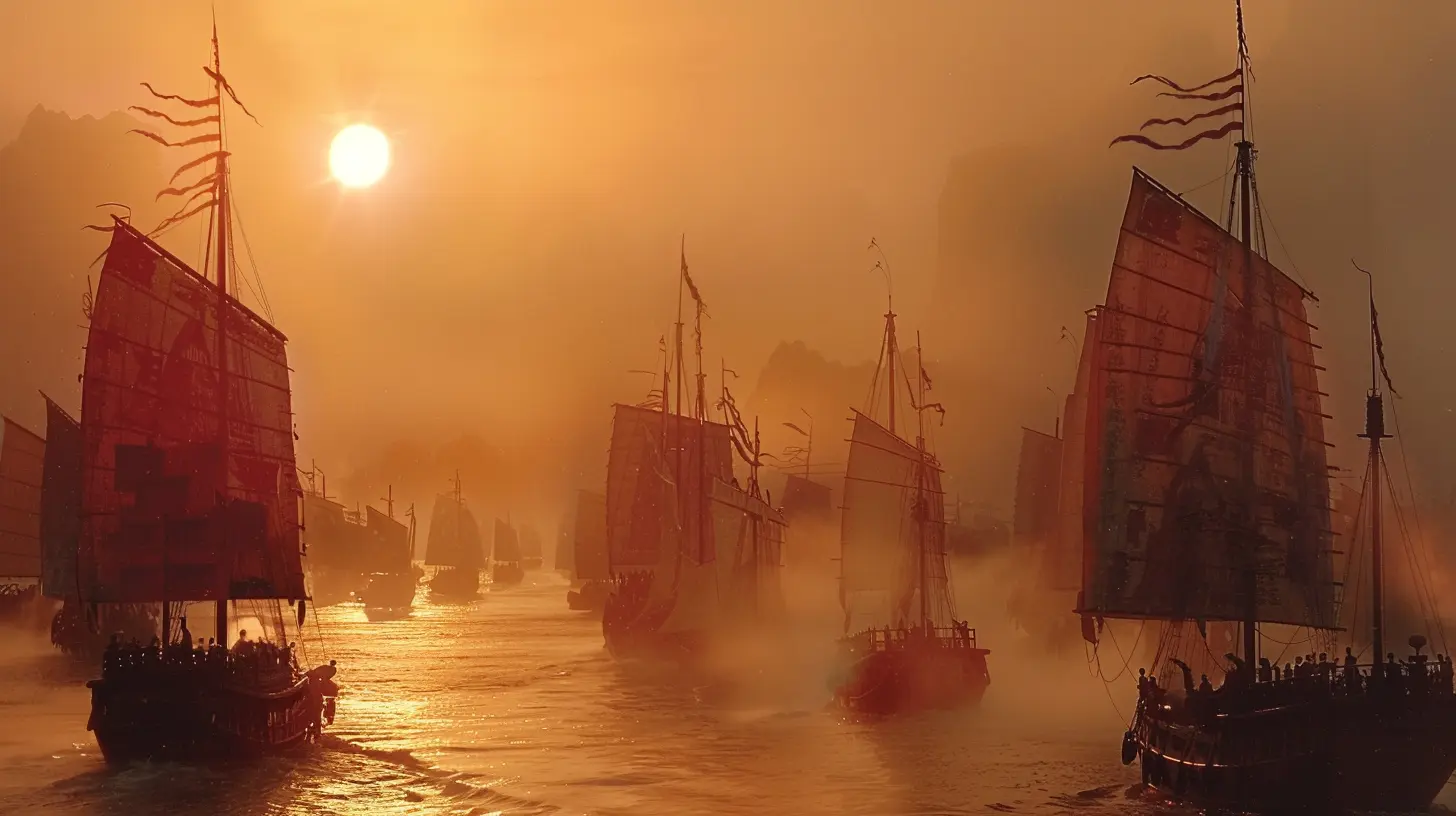
The Incense Route: Scented Profits from Arabia
A Route Built on Fragrance
Ever heard of the Incense Route? It’s less famous but just as legendary. This ancient network carried frankincense and myrrh from southern Arabia (modern-day Yemen and Oman) through the Arabian Desert up to the Mediterranean.The use of incense in religious and burial ceremonies made it incredibly valuable, especially across temples in Egypt, synagogues in Jerusalem, and churches in Rome.
Harsh Terrain, High Stakes
This was a brutal journey. We're talking blistering deserts and dangerous robbers. But for the kingdoms of the Arabian Peninsula, the incense trade brought immense wealth and power. Cities like Petra in Jordan thrived as trade hubs along this aromatic path.The Trans-Saharan Trade Route: Africa’s Golden Highway
More Than Just Sand and Camels
When you think of the Sahara, you probably imagine endless sand dunes and scorching sun. But this desert was once crossed daily by traders moving salt, gold, ivory, and slaves across North and West Africa.Camels were the MVPs here—known as the "ships of the desert," they could carry heavy goods across long distances without water. And the journey? It could take weeks, even months.
Gold for Salt? Yep!
Believe it or not, salt was so valuable that it was traded ounce-for-ounce for gold. Cities like Timbuktu and Gao became key trading centers, influencing education, architecture, and politics in the region for centuries.Cultural Impact
The Trans-Saharan trade didn’t just move resources—it linked African empires like Mali and Ghana to North Africa and even Europe. It helped Islam spread deep into Africa, bringing not just new religious beliefs but also schools and written language.
The Amber Road: Europe’s Antique Trade Route
A Shiny, Ancient Trail
Move over gold and spices—amber, a fossilized tree resin, was the ‘it’ item in ancient Europe. People in Rome loved the stuff (Romans believed it had magical properties), and the Baltic Sea region was loaded with it.This led to trade routes known collectively as the Amber Road, which connected the North and Baltic Seas to the Mediterranean.
From the Sea to Southern Europe
Amber was light, beautiful, and easy to carve. Traders hauled it from places like modern-day Poland and Lithuania all the way to Italy, Greece, and Egypt. These ancient paths helped tie together northern tribes and the great southern empires.Clues in Museums
A lot of the connections archaeologists have made between ancient civilizations come from amber artifacts found far from their sources. Pretty cool how a little piece of fossilized resin helped link entire cultures!Maritime Silk Road: Trading Across Oceans
China Sets Sail
While the original Silk Road roamed overland, China also took to the seas. The Maritime Silk Road linked Chinese ports to Southeast Asia, India, Arabia, and East Africa—long before European explorers made their splash.Goods like porcelain, tea, silk, and lacquerware were traded for pearls, spices, and exotic animals.
Zheng He’s Epic Voyages
If you’ve never heard of Zheng He, think of him as China’s own Columbus—but way earlier and with much cooler ships. In the 15th century, he led massive fleets across the Indian Ocean, making diplomacy, trade, and even showing off a bit of China's power.It was China’s golden age of maritime activity. And it all came from the desire to connect, trade, and explore.
The Roman Roads: All Roads Do Lead to Rome
Built to Last
Let’s not forget Rome. The empire built over 250,000 miles of roads—some of which are still visible today. These roads connected the empire’s vast territory and made the movement of goods (and armies) incredibly efficient.The Via Appia, Via Augusta, and others weren’t just roads. They were lifelines of communication and commerce.
Trading Across the Empire
From wine and olive oil in Spain to papyrus from Egypt and wild animals from Africa, these roads kept the Roman economy buzzing. Roman roads even helped spread Christianity by making travel easier for early missionaries.What Happened to These Routes?
Great question. Over time, things changed. Empires fell. New sea routes were discovered that overshadowed land routes. The rise of modern transportation redefined global trade.But here's the thing—these ancient routes still linger. They're etched into our cities, cultures, and even languages. Some, like parts of the Silk Road, are UNESCO World Heritage Sites. And in many ways, today’s globalized economy is a digital mirror of these ancient routes.
Want to Walk in History’s Footsteps?
A bunch of these trade routes can still be traveled today, at least in part. Whether it’s riding camels in Morocco, visiting ancient Roman roads in Italy, wandering through Petra in Jordan, or sailing from Kochi in India—you’re literally walking through history.Better yet, you’ll find those same rich exchanges of food, culture, and stories alive and well in markets and towns that have been open for business for thousands of years.
Final Thoughts
So, there you have it—a whirlwind tour of the most legendary trade routes in history. These paths weren't just trails through deserts, mountains, and seas; they were the threads that stitched the ancient world together.They shaped economies, decided the fates of empires, and forever changed how people lived. And today? Their spirit lives on in the connections we still forge across borders—whether through business, travel, or just sharing stories like this one.
Feeling inspired? Next time you travel, think beyond the destination. Ask yourself: what ancient footsteps are you walking in?
all images in this post were generated using AI tools
Category:
Historical SitesAuthor:

Kelly Hall
Discussion
rate this article
2 comments
Juniper King
Exploring legendary trade routes offers fascinating insights into cultural exchanges and historical connections that shaped our modern world.
November 18, 2025 at 4:24 PM

Kelly Hall
Absolutely! These trade routes were vital in fostering cross-cultural interactions and significantly influenced the development of societies.
Ashley McCall
This article provides a captivating exploration of historical trade routes, shedding light on their cultural and economic significance. Understanding these paths enhances our appreciation for the interconnectedness of civilizations and the enduring impact of commerce on global history.
July 26, 2025 at 3:08 PM

Kelly Hall
Thank you for your thoughtful comment! I'm glad you found the exploration of trade routes captivating and appreciate their significance in shaping civilizations.
